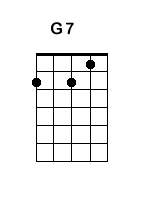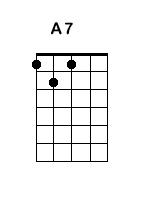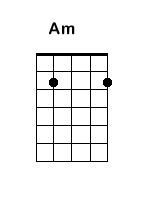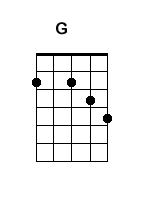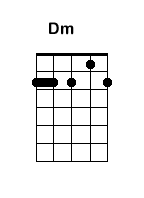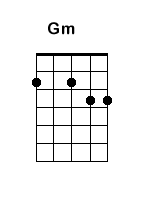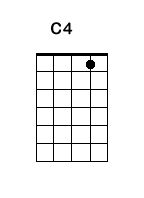|
Tenor Waldzither: scale length around
460mms
|
| Tuning: Essentially, a
waldzither looks like a bigger mandolin, with 4 double courses of strings, but
with an
extra bottom string, though it comes from a different instrumental
root.
The tenor version most often seen is
traditionally tuned C gg c'c' e'e' g'g', from bottom up.
When ordering strings it is important to note the size if
you have a 'Bohm type', which has double-loop strings. Typically these
strings are 650mm, so are too short for the longest scale lengths, and too
long for the shortest.
|
| Romana Thuringer |
String gauges: typically .012 .015 023w
.032w .045w silver wound. To suit scale length 450-460mm. |
| Romana Bohm |
String gauges : .010 .013 .020
.030w(.013core) .042w(.018core) bronze wound. To suit scale length 655
mm. |
| Pluckthorn Waldzither |
String gauges: typically .012 .015 .018
.026w .038w wound. To suit scale length 500mm in trad.
open C tuning. |
| Pyramid Strings: |
|
|
Waldzither Family:
|
| There are, as with most
instruments, a whole family of waldzithers of different sizes, though
there seems to no standardisation about the tuning of each, different old
tutor books suggesting different alternatives.
|
|
14 string Heym Waldzither: scale length around
408mm |
| Tuning: Essentially, a 14
string waldzither is triple course instrument, with 2 free bases.
Traditionally in the C instrument tuned g'g' e'e' c'c' gg C, from top down. |
| I tuned this as a C instrument even though the
scale length suggested it may have been a D version, mainly because of its
age and fragility. It wasn't really clear whether the lower of each triple
course was an octave down or not, and in the end I chose to tune simply,
with triples the same octave, using a set and a half of thuringer strings. |


